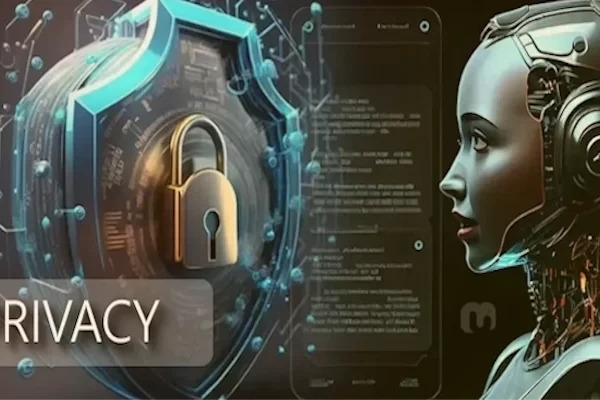
Mesh is a collaborative platform that allows anyone to have shared virtual experiences on a variety of devices. “With Mesh, you can actually feel like you’re in the same place when someone is sharing content or you can teleport from different mixed reality devices and be present with people even when you’re not physically together.” You should have seen this already in some of the Sci-Fi fantasy Hollywood movies.
Now just imagine a Mesh-enabled Microsoft Teams; think about colleagues from across the globe collaborating as if you all are in the same physical location. This is how your future of meetings would look like. Mesh could take long-distance collaboration to the next level.
Mesh isn’t just an app for holding virtual meetings; rather it’s an entire platform built on top of Azure and will support multiple devices. Microsoft shall allow developers to create apps which will support mixed reality for multiple users and is hoping architects, engineers, and designers will all see the promise of Mesh.
Mesh shall be available on a variety of devices in near future, including the HoloLens, Virtual reality headsets, tablets, smartphones, and PCs. Microsoft certainly thinks Mesh will be the next big thing for mixed reality. The big thing that is holding back Microsoft Mesh is the cost of HoloLens devices and VR headsets. Wherein you have to jump from a 2D screen like phone or PC to a 3D rendering device. But in my experience, I have seen barriers like this in the tech world did not take much time to find their way out. Its just a matter of time.
As I speak about Holoportation here, the terminology shall be new for many to know.
What is Holoportation?
Holoporation is a combination of the words “hologram” and “teleportation”. Holoportation enables the user to see, hear and interact with remote participants, in 3d (holograms), as if they are actually present in the same physical space (teleportation).
Microsoft defines Holoportation as a 3D capture technology that allows high-quality 3D models of people to be reconstructed, compressed and transmitted anywhere in the world in real-time
How does it work?
Holoportation is achieved through 3D capture technology and mixed reality headsets, such as Microsoft’s Hololens. Users must be in a room equipped with the capture technology, which reconstructs and transmits the user as a 3D model. The other end user needs to have the similar kind of apparatus in order to communicate. 3D cameras are used to create a hologram of the people involved and transmitted during the communication.
Here is a Bonus – “In a recent advancement, Microsoft Research has achieved a great leap with its Holoportation technology by reducing its bandwidth requirements by 97% that would enable Holoportation to be used in day-to-day life with our mobile networks soon”.
What do you think about Microsoft Mesh and Holoportation technology? Drop me a note in the comments section below. That is all I have to write for today.






